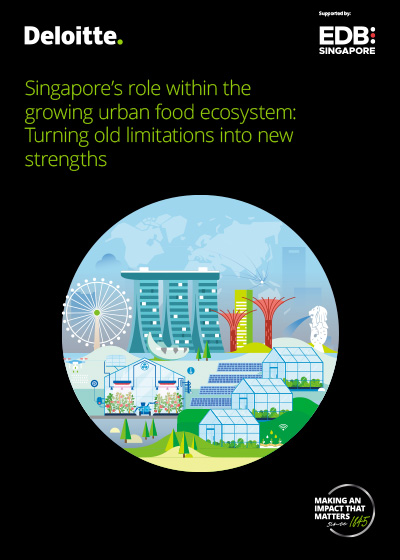Agriculture is a key sector in Southeast Asian economies. According to the World Bank, agriculture accounted for about 11% of ASEAN’s gross domestic product (GDP) in 2020. In countries such as Cambodia and Myanmar, the sector contributed more than 20% to national GDP. Agriculture is also a major employer in the region. In 2019, it accounted for more than 35% of total employment in countries like Laos, Myanmar, and Vietnam.
In recent years, the global agricultural industry has faced numerous challenges. One is climate change. In Southeast Asia, the sector has taken a battering due to more extreme weather events driven by global warming. According to a 2021 research report by the Asian Development Bank, from 2008 to 2018, the region suffered USD 21 billion in crop and livestock production losses due to climate-related disasters.
This was worsened by the COVID-19 pandemic, which led to a shortage of agricultural labor and disruptions in global supply chains. In 2020, the pandemic was estimated to have caused a 3.1% reduction in the aggregate volume of agricultural production (29.58 million tons) in Southeast Asia, which represents a 1.4% decrease (USD 3.76 billion) in the region’s GDP.
Amid these challenges, there are silver linings—the region’s agricultural industry is rapidly adopting new and innovative technologies, especially in rural and urban farming activities.
Tech-enabled farming
Agriculture in Southeast Asia is in the midst of a technological transformation. For example, smartphones are harnessing artificial intelligence (AI) and big data to more effectively control crop management, while drones are helping farmers improve their farming practices and increase crop yields. For many of the region’s smallholder farmers, who are defined as growers who operate in land areas smaller than two hectares, these digital technologies have not only enhanced the efficiency of their operations, but also boosted their income.








